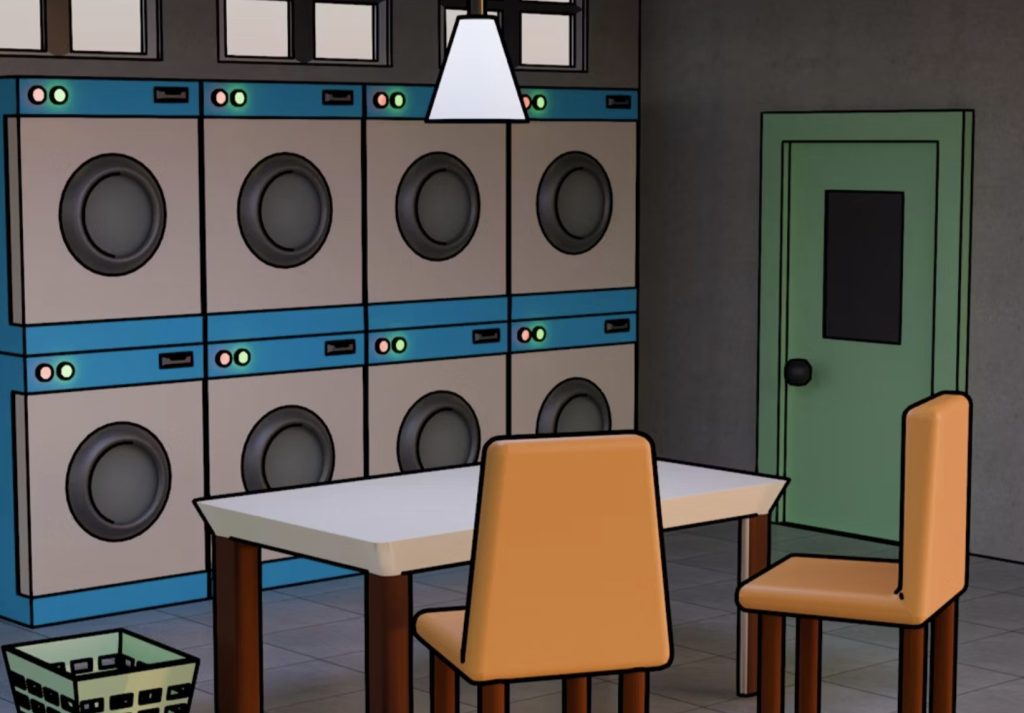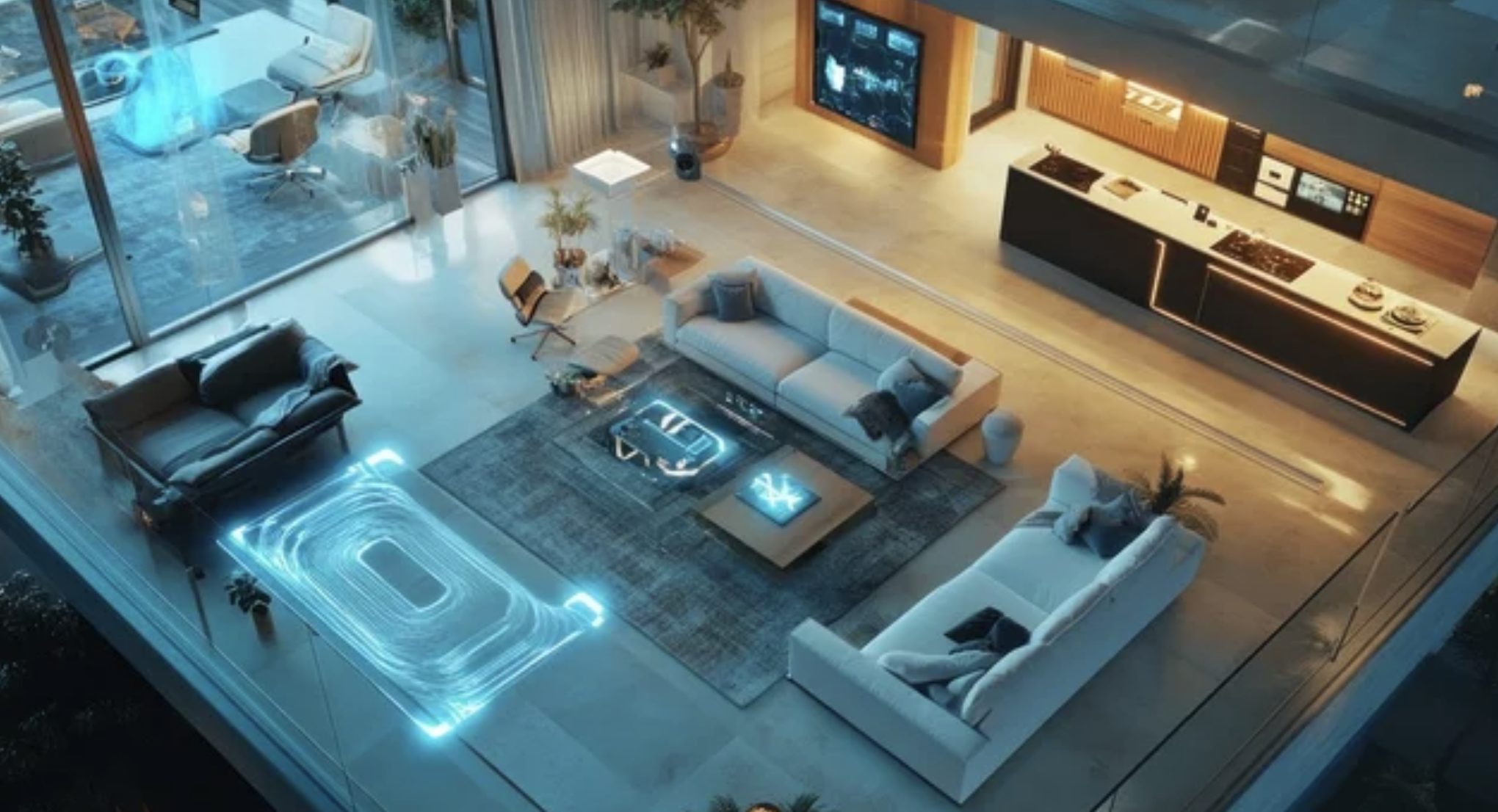🏡 Furnished vs. Unfurnished Apartments — Which to Choose?
A Practical Guide for Foreign Residents in Japan
Chapter 1: Introduction — Which Type Fits Your Lifestyle?
When moving to Japan, one of the first choices you’ll face is whether to rent a furnished or unfurnished apartment.
In many Western countries, furnished apartments are the norm, but in Japan, the opposite is true — the majority of rentals are unfurnished.
This often surprises newcomers who move into an apartment and realize there’s no bed, no fridge, and sometimes not even a light bulb.
Only about 5–10% of apartments in Japan come furnished, but demand is growing fast among students, expats, and remote workers.
The right choice depends on two things: how long you plan to stay and how you want to live.
If you’re here for a short-term project or study program, a furnished apartment may be perfect.
If you’re building a more permanent life in Japan, unfurnished might be the smarter investment.
Chapter 2: Furnished Apartments — Convenience First
The biggest advantage of a furnished apartment is convenience.
You can move in with just a suitcase — everything you need is already there:
a bed, refrigerator, washing machine, microwave, TV, and sometimes even Wi-Fi and utilities.
✅ Pros
- Move in immediately — perfect for short stays
- Usually includes essential furniture and appliances
- Short-term leases (as little as one month)
- Often requires no deposit or key money
- Utility bills and Wi-Fi may be included in the rent
Popular options like Leopalace21 or OYO LIFE make the process very foreigner-friendly:
online applications, quick contracts, and furnished units ready to go.
⚠️ Cons
Convenience comes with a price — furnished apartments tend to be more expensive.
You’re paying for the use and maintenance of the furniture, cleaning fees, and sometimes the higher flexibility of short-term leasing.
Expect to pay ¥5,000–¥20,000 more per month than an equivalent unfurnished unit.
Also, not all furnishings are new or stylish.
Before signing, always request a furniture and appliance list (inventory list) and check their condition.
👤 Best for
- Students, interns, and working holiday residents
- Short-term professionals or expats on assignment
- People staying less than a year
- Those who want a simple, move-in-ready option
A furnished apartment is ideal if you’re staying in Japan, not necessarily settling down.
It’s about convenience and flexibility rather than long-term savings.
Chapter 3: Unfurnished Apartments — Freedom and Savings
Unfurnished apartments are the standard in Japan.
They require more setup but offer lower rent, greater choice, and more freedom in how you design your space.
✅ Pros
- Lower monthly rent (often 20–30% cheaper than furnished units)
- More listings available — easier to find in any area
- Freedom to choose your own furniture and style
- Better suited for long-term stays (2-year standard lease)
If you plan to live in Japan for a year or more, this option gives you flexibility and ownership over your space.
You can even rent furniture through subscription services like CLAS or airRoom to reduce upfront costs.
⚠️ Cons
The initial setup cost is higher.
You’ll need to buy or rent everything — refrigerator, washing machine, bed, curtains, lighting, and more.
Expect to spend ¥100,000–¥150,000 (USD $700–$1,000) for basic furnishings.
Additionally, moving or disposing of large furniture when you relocate can be costly and time-consuming.
Unfurnished apartments require more effort, but long-term residents find them more economical in the end.
👤 Best for
- Long-term residents (1 year or more)
- Families or individuals bringing their own furniture
- Those who value design freedom
- People planning to settle or invest in Japan
An unfurnished apartment is best for building a home, not just a place to stay.
It’s the more cost-effective and customizable choice for those planning to live in Japan for the long run.
Costs, Contracts, and Where to Find Them
Chapter 4: Cost Comparison — Which Option Really Saves Money?
At first glance, unfurnished apartments seem cheaper — and usually, they are.
However, when comparing furnished and unfurnished options, you must consider initial costs, monthly rent, and exit costs.
Here’s how they typically break down:
| Cost Type | Furnished Apartment | Unfurnished Apartment |
|---|---|---|
| Initial Cost | Very low (no furniture purchase) | High (buying appliances & furniture) |
| Monthly Rent | ¥5,000–¥20,000 higher | Standard rate |
| Utility Setup | Often included | Must be arranged separately |
| Contract Length | Short (1–6 months) | Long-term (2 years) |
| Key Money / Deposit | Often waived | Usually required |
| Move-out Cleaning | Included | Paid separately |
| Resale Value of Furniture | N/A | Possible if you own items |
Over 12–24 months, unfurnished apartments become cheaper overall because furniture costs are one-time purchases, not ongoing fees.
For example:
- Furnished (12 months): ¥100,000 higher rent x 12 = ¥1,200,000 extra
- Unfurnished (with ¥150,000 furniture investment): cheaper after the 15th month
In short:
🧮 If you stay under one year → Furnished wins
🏠 If you stay more than one year → Unfurnished saves more
Chapter 5: Important Tips Before Signing a Lease
Regardless of which you choose, renting in Japan involves some unique steps that surprise many foreigners.
Here are a few key tips:
🪙 1. Understand “Key Money” (礼金)
A one-time, non-refundable payment to the landlord — a Japanese custom that doesn’t exist abroad.
Typically 1–2 months’ rent, though many newer listings now advertise “no key money.”
🧾 2. Check the Total Move-In Cost
In Japan, your initial cost can reach 4–6 months’ rent upfront, including deposit, key money, agency fee, insurance, and the first month’s rent.
Always confirm the total with your agent before committing.
👤 3. Guarantor or Guarantor Company
Foreigners often need a guarantor company (保証会社) to co-sign the lease.
These services usually cost 30–100% of one month’s rent but are required by most landlords.
🛋️ 4. Inspect Furniture (for Furnished Units)
Check for wear and tear, odors, and functionality before signing.
Ask for an inventory list and take photos on move-in day.
🔧 5. Maintenance and Repairs
For furnished apartments, landlords usually handle appliance maintenance.
For unfurnished, you’ll manage everything yourself — especially for self-purchased items.
Chapter 6: Where to Find Each Type of Apartment
Different websites and agencies specialize in different rental types.
Here’s where to look:
🏡 Furnished Apartments
- Leopalace21 – Short-term, nationwide, English-friendly
- OYO LIFE – Online application, flexible contracts
- Monthly Mansion / Airbnb / Booking.com – Great for temporary or corporate stays
- Sakura House / Oakhouse – Foreign-resident friendly, includes furniture and Wi-Fi
🏙️ Unfurnished Apartments
- SUUMO / At Home / Homes.co.jp – Japan’s largest real estate portals
- RealEstateJapan.jp – English listings with agent support
- Ken Corporation / Tokyo Realty – Premium expat apartments
- Yahoo! Real Estate – Local listings (Japanese only, wide coverage)
Final Thoughts: Which Should You Choose?
If you’re staying in Japan short-term, value convenience, or don’t want to deal with furniture —
→ Furnished apartments are your best bet.
If you’re settling down, working long-term, or planning to invest —
→ Unfurnished apartments offer freedom, savings, and the feeling of a true home.
Ultimately, the right choice depends on your lifestyle, budget, and future plans.
Whichever you choose, understanding Japan’s rental system will make your transition smooth, affordable, and enjoyable.

